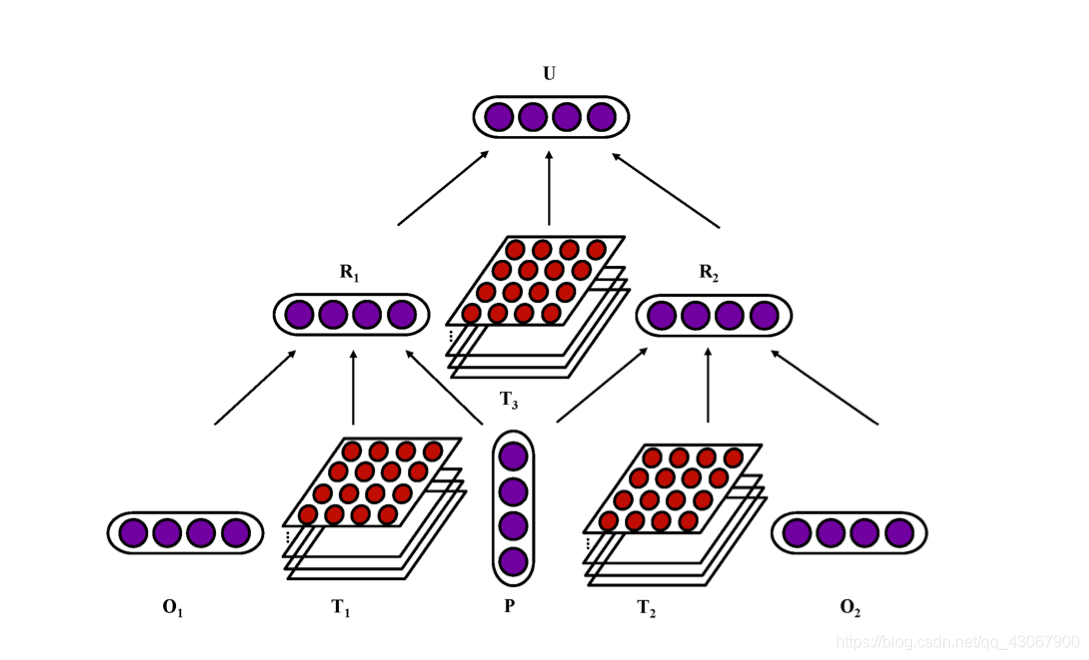本文基于论文 Deep learning for event-driven stock prediction
该论文旨在结合短期、中期和长期新闻事件来共同预测股票价格波动。
文章要点
-
利用OpenIE(open information extraction)从新闻文本中抓取事件结构表征(执行器、动作、对象、时间),然后利用神经张量网络或成倍地结合事件参数来学习事件的语义结合性。

( o 1 o_1 o1:执行器; o 2 o_2 o2:对象; P P P:动作; T T T:时间) -
利用卷积神经网络结合短期、中期和长期事件共同对股票价格进行预测。

关于论文的一些思考
1.在一定程度上,深度学习确实可以帮助我们摸清股市规律。在股市中赚钱是需要掌握信息优势的,需要利用信息的不对称性从信息匮乏的一方赚钱。而深度学习的一大优势就是可以大幅减少人工参与的特征工程去拟合训练数据,好的深度学习策略可以突破人脑的限制从更多维的信息中找到规律。
2.深度学习的作用是有限的。股票的问题不在于计算困难,而在于股市的条件是时刻变化的:小到持股人的出售,大到国家政策的变动和世界经济形势的变化都会对股票价格造成影响。所以将深度学习应用于股市只能作为辅助性工具给炒股者以指导性分析。
3.比模型更重要的是给模型的特征。这篇论文中一个优秀的地方是使用了神经张量网络来学习事件的语义组合性,而不是像标准神经网络那样绝对量地学习,这种方式一定程度上弥补了数据缺失和噪声带来的过拟合缺陷。
4.因为在股市中很多新闻是不透明的,这就会导致数据缺失,给预测增加难度。那么可以考虑从其它类型的财经信号中获取信息,比如黄金、外汇等。还可以将公众对该股票的情感走向纳入考虑范围。






















 323
323











 被折叠的 条评论
为什么被折叠?
被折叠的 条评论
为什么被折叠?








